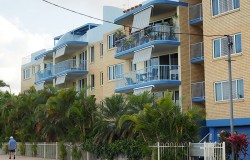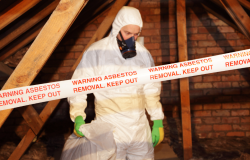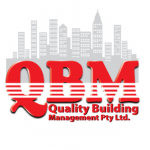The Pros and Cons of a Defect Report at the Second AGM
This article is about the pros and cons of requiring a motion to consider a defect report at the second AGM.
Read on to discover more from the Brisbane Strata Management team at QBM.
Last month, key reforms under the Body Corporate and Community Management (Standard Module) Regulation (2020) came into effect. One of those reforms fell under Section 181 which now rules bodies corporate must include on the agenda a prepared motion to consider an independent contractor to complete a defect assessment report on or before the second AGM. These changes are intended to address accountability in the construction industry and provide safer buildings for occupiers.
What is a defect report?
For strata schemes, defect reports should be a comprehensive summary of all current, visual building defects. This report serves as a guide to stakeholders to consider options and cost implications to correct the defects. The report should include the area the defect was noted, photographic evidence of the defect, where practicable, identify the cause of the defective building work and supply recommendations to rectify each defect or recommend further investigation by Industry Professionals.
What types of defects are most common?
In new buildings the current trend of defects include:
- Building material and fabric – combustible cladding
- Cracking/movement in building
- Waterproof membrane failures
- Internal wet area failures (frameless shower designs)
- Fire separation issues
- Door and window integrity
- Water ingress issues to basement or external walls.
What are the pros of including this motion in the AGM?
Residential strata buildings have been in the spotlight over the last few years due to some high-profile structural failures that have resulted in loss of property, uninhabitable dwellings, and huge financial loss.
Considering and voting for a defect report to be completed by an independent contractor in the second year, will provide strata bodies corporate an overview of the buildings integrity that informs their decision-making process to reduce or avoid financial risks in the future.
Due to the timing of the motion in the second AGM, a building’s age would be under six years old, therefore the report findings will give bodies corporate the ability to identify building defects early and make an informed decision of whether to progress to the next step of contacting the builder for rectification under the building warranty. Should the builder not agree to the works under their contractual terms, the alternative options are to bring a claim against a builder or report the defects directly to the Queensland Building and Construction Commission (QBCC) for review and action. If you need advice, contact the Brisbane strata management team at QBM.
What are the cons of including this motion in the AGM?
As this motion does not need to be approved by the voting members, only included, it is possible that the motion may be voted down. This action may delay the identification of defects and prove costly to new building owners should they arise out of time. Committee members should also keep in mind when voting down on this motion, their immunity from personal liability as set out in the Body Corporate and Community Management Act (1997) Section 101A which only covers them if they have acted in good faith and without negligence.
The inclusion of this motion on the second AGM is a positive step in protecting owners and tenants, by allowing body corporate the opportunity to investigate the integrity of the build and understand how subsequent defects will affect the life of the building in the long term. It also provides body corporate enough time to action repairs or commence legal proceedings if required before the statue of limitations is met.
Need some advice from a Brisbane strata management team? Then contact the professionals at QBM today.
![]() Phone – 1300 880 466
Phone – 1300 880 466






